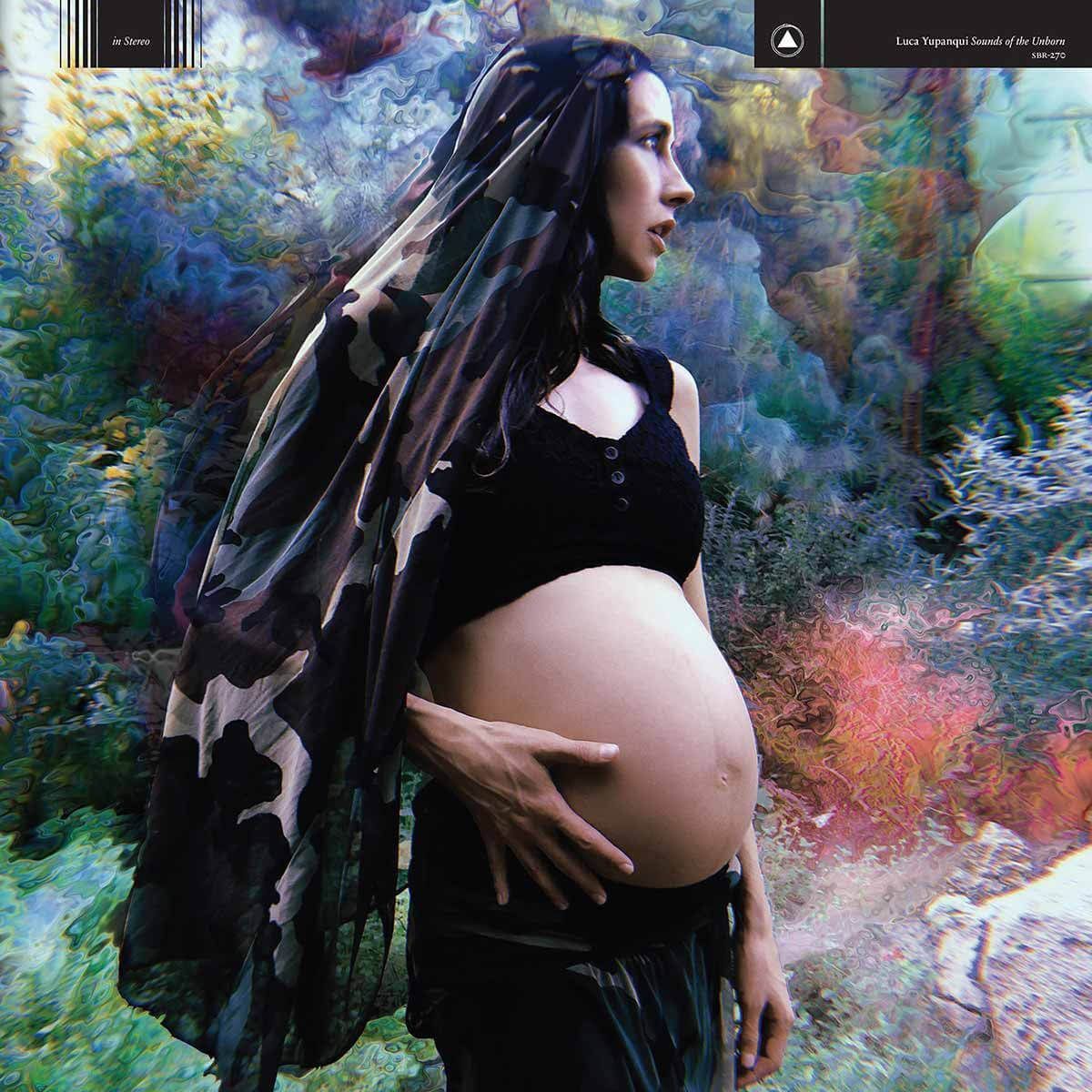
The first album created by a person while still in the womb, made with biosonic MIDI technology that translates movements in the womb into sound. Is named Sounds of the Unborn, and its creator is the, now child, artist Luca Yupanqui, in collaboration with her parents Elizabeth Hart (Psychic Ills) and Iván Diaz Mathé (Nairobi).
During the sessions, Luca’s prenatal essence was captured on audio. Her parents designed a ritual, a kind of joint meditation for the three of them, with the MIDI devices hooked to Elizabeth’s stomach, transcribing their vibrations on Ivan’s synthesizers. They let the meditations flow freely without much interference, simply falling deeper into a trance and feeling the oneness. After five hours of sessions, the form of an album began to emerge. Elizabeth and Iván then edited and mixed the results of the sessions, respecting the sounds as they were produced, trying to intervene as little as possible, allowing Luca’s message to exist in its raw form.
Sounds of the Unborn comes out April 2 and is available to pre-order now. Watch the music video to open the track “V4.3 pt. 2 ”to sample the otherworldly music that Luca and his parents created.
This invocation of the cosmic soul created new sounds, hitting uncharted territory for Elizabeth and Ivan as musicians. A new language was being created, a new form of communication. It was music with no intellect or intention behind it, no preconceptions or attempts to create any specific sound or melody. Every note on Sounds of the Unborn happened naturally.
In addition to the Sounds of the Unborn LP, we are releasing a limited series of MIDI devices that Elizabeth and Iván used in the creation of the album. They can be used to capture the essence of any living being in audio, be it plant, animal or human. They are available to reserve now..

“It was a process of experimentation, a lot of trial and error. We set a direction, a conceptual and aesthetic framework and we started to play. The idea came directly from my work with plants, we used the same technology and similar techniques, although for this project we wanted it to sound different, there was a lot of research in terms of sound. It was a very rewarding and novel process, we are very happy with the result. We had wanted to collaborate on an experimental electronic music project for a long time and seeing it materialize makes us happy.
It is a new way of creating music, its shapes and tones are totally different from what we were used to and that meant a beautiful learning and discovery curve.”

